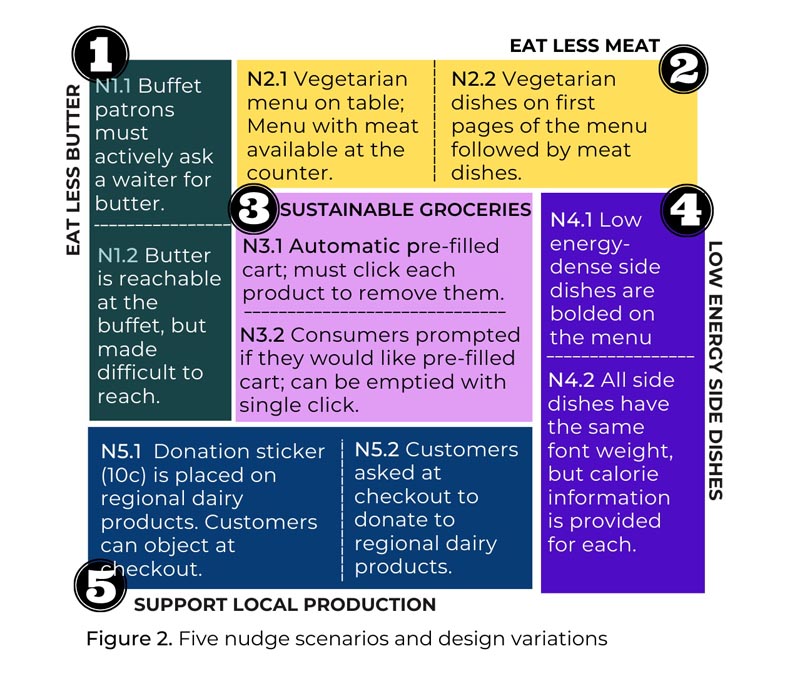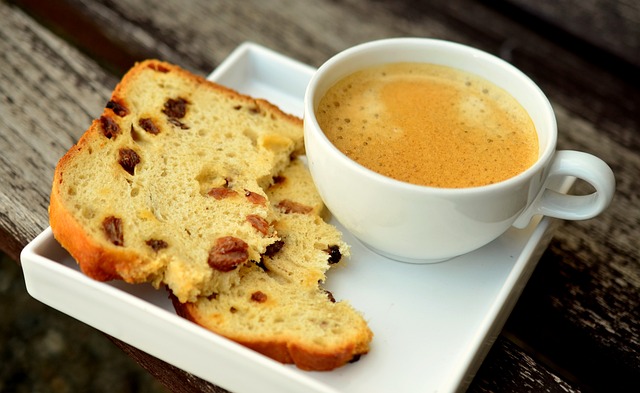University of Göttingen
They investigate how individual characteristics and the design of food choice “nudges” influence support for their adoption.
The researchers conducted an online survey to analyze support for five different nudging scenarios . Then, one aspect of the design was changed, allowing the researchers to identify how these design variations affected public support.
The researchers conducted an online survey to analyze support for five different nudge scenarios. Then, one aspect of the design was changed, allowing the researchers to identify how these design variations affected public support.
You may not realize it, but companies, policymakers and governments have used “nudge” for years to prompt the public to make different decisions. Small changes in our environment can "nudge" us to adopt different behaviors without restricting the options available to us. For example, printing low-calorie options in bold on a menu or displaying calorie information could change what we choose to eat. But does the public support this? And how do subtleties in the design of “nudge” interventions affect support, if at all?
Research led by the Universities of Göttingen and Bonn set out to examine public support for stimulus scenarios with different design variations, each aimed at promoting healthy and/or sustainable food choices . The researchers showed that there were two promising ways to improve public support for nudge strategies: reducing the effort people must expend to avoid the nudge option they would normally want to pursue; and improve nudge transparency . The results were published in BMC Public Health .
People can be incentivized to make a certain decision by making it the default option . For example, instead of automatically offering butter at a restaurant by default, restaurants could make butter only available upon active order . This type of nudge, known as “default nudge ,” can be effective, but may be unpopular compared to other nudge strategies.
The researchers set out to analyze consumer reaction by conducting an online survey on a sample (N = 451) of German adults, who were presented with five nudge scenarios and asked to rate their support for each. Participants in each scenario were also asked to indicate what their typical behavior would be (i.e., would you normally eat butter in a restaurant), the extent to which they perceived the nudge to encroach on their freedom of choice, and how effective they believed the nudge was. ? push would be.
Participants then answered the same questions for a variation of each nudge scenario in which one aspect of the design was changed, allowing the researchers to identify how these design variations affected public support.

The researchers found that some designs were more promising than others for improving public support. For example, reducing the effort required to opt-out of pushed option, such as presenting vegetarian dishes on the first pages of a menu followed by meat dishes, rather than offering only a vegetarian menu at the table with a menu with options of meat available. On request: further support. Similarly, increasing the transparency of the nudge itself, for example by asking participants if they preferred a preloaded “climate-friendly” online shopping cart rather than simply offering it by default, increased support. With respect to predicting the level of support, the perception that nudges interfered with free choice was the most important factor of non-acceptance, while the perception of efficacy was the most prominent factor of acceptance.
"Understanding public support - and its drivers - is important to design politically viable, ethical and effective nudges," says first author Simone Wahnschafft from the Sustainable Food Systems research group at the University of Göttingen. “We were surprised to find that our participants’ personal circumstances and whether their own behavior would be affected by the nudge had little effect on their support. “We found that perceptions of upholding free choice and effectiveness were key to public support.” This study opens avenues for future research into how “sweet spots” for default nudges can be found that are effective and widely supported.
Conclusions Mitigating the cost of opting out and improving the transparency of nudges emerge as key opportunities for choice architects to improve public acceptance and thus potentially identify “sweet spots” in the design of predetermined nudges that are both effective and acceptable. Protecting freedom of choice and individual efficacy are key aspects that choice architects must communicate to increase acceptance. |
This research was made possible by funding from the German Research Foundation (DFG).
















